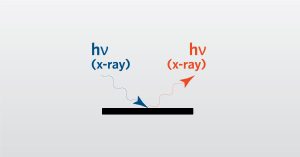
XRD Webinar
In this webinar we introduce X-ray Diffraction (XRD) which is a analytical technique for the examination of crystalline materials.
Home » Curing Issues with Silicone Adhesive
Silicone adhesives provide waterproof, flexible bonding that can withstand chemicals and high temperatures. These adhesives are used in the manufacturing of everything from vehicles and airplanes to electronics and consumer products.
A client requested assistance to investigate a recurrent quality issue stemming from failure of a silicone adhesive joint between metal components. An internal investigation uncovered that the cleaning products used in wash and rinse processes of the components had been switched to unapproved formulations; examination of the SDS for these products revealed chemicals known to inhibit cure of silicone adhesives.
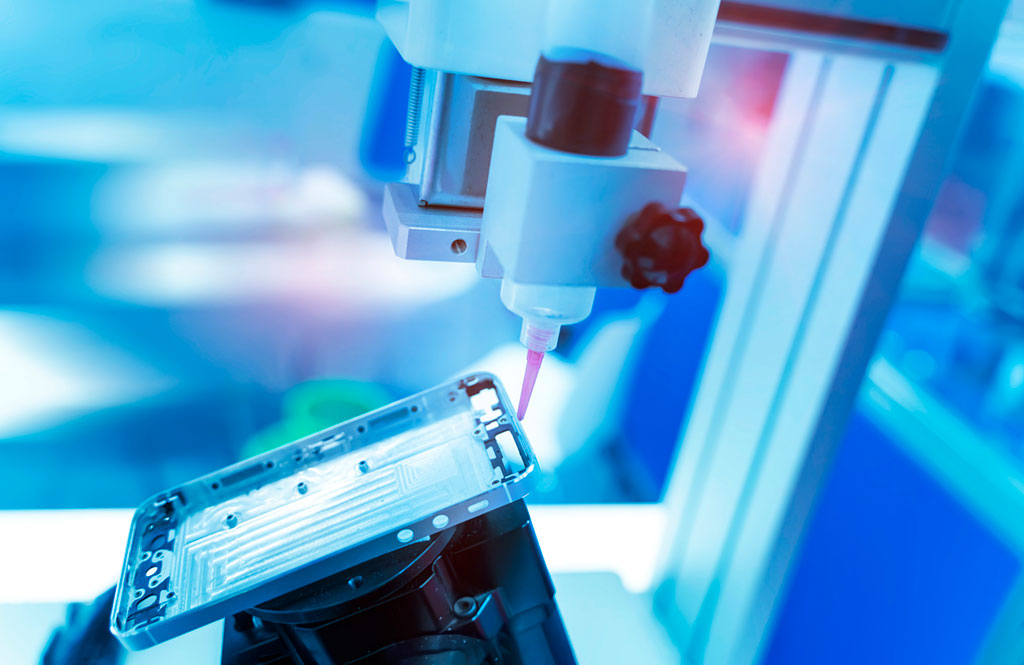
A solvent extraction was performed on components that were subjected to the unapproved cleaning process and analyzed by LC-MS, alongside reference specimens of the cleaning products.
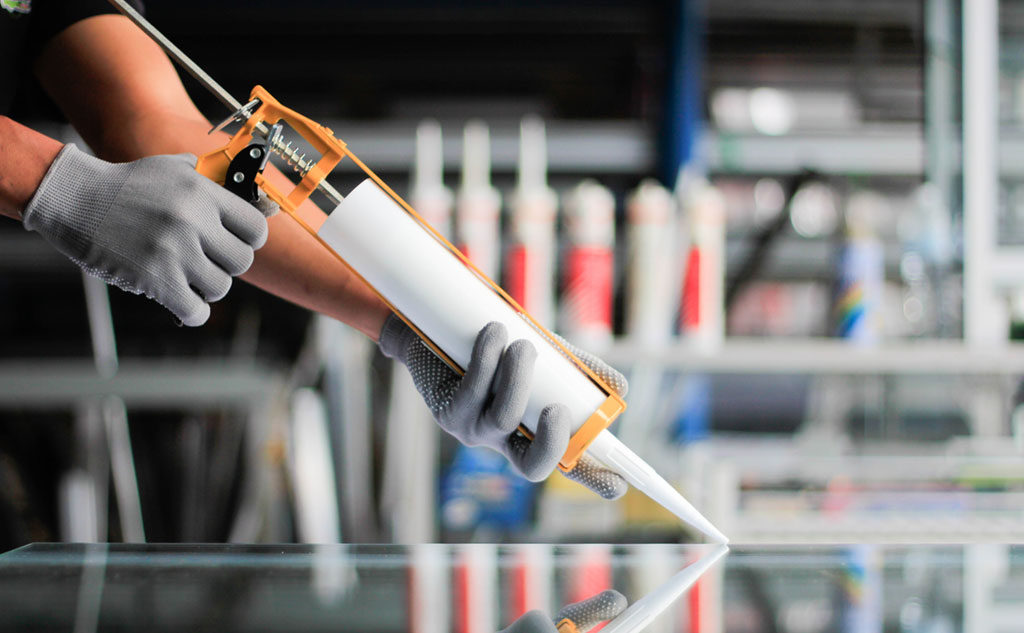
A known incompatible chemical from one of the cleaning products was detected on the components, suggesting that residual chemicals from the unapproved cleaning products were causing inhibition of the silicone adhesive curing process.
For more than 50 years, scientists and engineers at Eurofins EAG have investigated and resolved product failures for clients. Our team of experts identify key failure indicators and follow them to the root cause.
Failure analysis of plastics, thermosets, and rubber materials is commonly performed on finished products and typically involve comparative analysis between failed and non-failed samples. Once the potential root cause is identified, experiments can be designed and conducted to test the hypothesis and recreate the failure in the laboratory. Eurofins EAG can evaluate a variety of polymer types, including:
Eurofins EAG Laboratories offers a full suite of analytical techniques to evaluate the identity, composition, morphology, topography, and rheology of polymeric materials and components.
Call +1 800-366-3867 or email us.

In this webinar we introduce X-ray Diffraction (XRD) which is a analytical technique for the examination of crystalline materials.

EAG’s material and microelectronic testing service is dedicated to providing the best information from ensuring the purity of starting materials, to prototype testing of devices in the ramp up towards full-scale production.
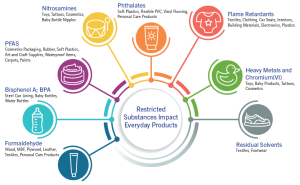
As the list of restricted substances grows, testing demands customized methods to identify issues early. This is a complex issue that requires a strategic approach.
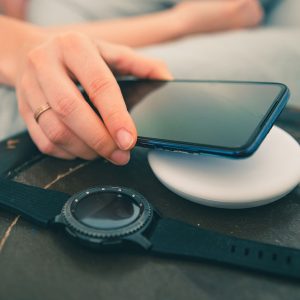
Cryo FIB uses a cold sample stage that can be controlled to -135°C making it it more suitable for temperature sensitive materials.
To enable certain features and improve your experience with us, this site stores cookies on your computer. Please click Continue to provide your authorization and permanently remove this message.
To find out more, please see our privacy policy.